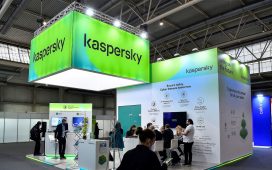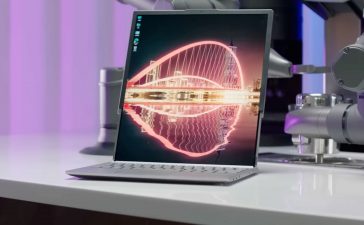Commissioned If the pundit prognostications prove correct, adoption of generative AI in enterprises will mature in 2024. Especially if the money organizations expect to invest in Generative AI (GenAI) pays dividends.
Eighty-five percent of business leaders said they expect to boost their spending on AI and GenAI in 2024, according to Boston Consulting Group.
Of course, spending does not equal results, which will vary per business. As the year progresses, the narrative arcs will become more nuanced.
Yes, some organizations eager to gain a leg up on rivals will race to incorporate or build GenAI products and services. But many others will take a more measured approach.
From uncertainty about where to begin to concerns about the accuracy of large language models, IT leaders are still grappling with the best ways to use GenAI services as well as where to run these data-ravenous workloads.
But grapple they must – their CEOs demand it.
Sixty-eight percent of US CEOs believe AI will significantly change the way their companies create, deliver and capture value in the next three years, according to a PwC poll. “Significantly” in this context is code for digital transformation.
Optimizing workloads in the AI era
For more than a decade the public cloud has been the leading approach for adopting emerging technologies that help facilitate digital transformation. The public cloud helped organizations shrink the time it took to build and launch a prototype.
Most organizations looking to test the GenAI waters face a different calculus today, as the workload location landscape has expanded. The predominantly public cloud and on-premises mixed bag IT leaders lorded over in recent years has ballooned to become multicloud estates.
In these heterogeneous environments, applications run on-premises in datacenters, public and private clouds, colocation facilities and edge devices – call it a multicloud-by-default. Yet at a time when more bosses are seeking operational efficiency and lower IT costs, the happenstance isn’t sustainable.
Organizations today are becoming more prescriptive about their workload location choices, prioritizing performance, latency, security and other variables. Workload placement has become more intentional – a multicloud-by-design model.
And yes, that holds just as true in this new GenAI era. Today 82 percent of organizations prefer to take an on-premises or hybrid approach to building GenAI workloads, according to a Dell survey of IT decision makers. Hybrid meaning a combination of on-premises and public cloud resources.
Seeing the value of bringing AI to their data, some IT leaders are starting their GenAI implementations in-house. Leveraging off the shelf or open source models for security, control and governance over their data and models, IT departments are running pilots in their datacenters before electing to expand them to other locations.
Such leaders value the lower latency associated with running data-intensive models in house, where they can control throughput and resources and watch and refine their model output – while managing costs.
So while the public cloud remains a valuable location for placing GenAI workloads it isn’t the first or only consideration, marking a departure from common IT practices over the past decade. There are more options today than ever and CIOs are taking advantage of them.
The path to GenAI duccess
2023 proved to be a giant learning curve for GenAI, with organizations exploring the art of the possible. GenAI will most certainly mature in 2024; the question is how much.
As it is, most organizations remain unsure of how they can take advantage of GenAI to support their unique business needs, with 66 percent of business leaders ambivalent or dissatisfied with their progress on GenAI and AI initiatives, found BCG.
If you’re an IT leader uncertain how to proceed first identify critical use cases for GenAI, along with technology solutions to operate them. But you needn’t proceed alone.
Trusted partners offering professional services can help you work to bring your GenAI products to fruition. Dell Technologies Validated Designs for GenAI aim to improve your success rate with pre-tested hardware and software solutions.
These DVDs may be purchased as subscriptions via Dell APEX, providing access to agile infrastructure as you test and scale your GenAI projects. This allows you to only pay for what you use, avoiding unpredictable costs while aligning financial and operational needs as your footprint grows.
Moreover, with shadow AI giving rise to security vulnerabilities due to the lack of oversight organizations are seeking greater control over their data. Dell Validated Designs for GenAI delivered via APEX can help you bring AI to your data, while offering you peace of mind as you implement your service.
Whether you are looking to find your path or choose a different route, pick a partner that can help you on your GenAI journey.
Learn more about how Dell APEX for Generative AI can help you bring AI to your data.
Brought to you by Dell Technologies.










